How to Do the Dead Bug Exercise
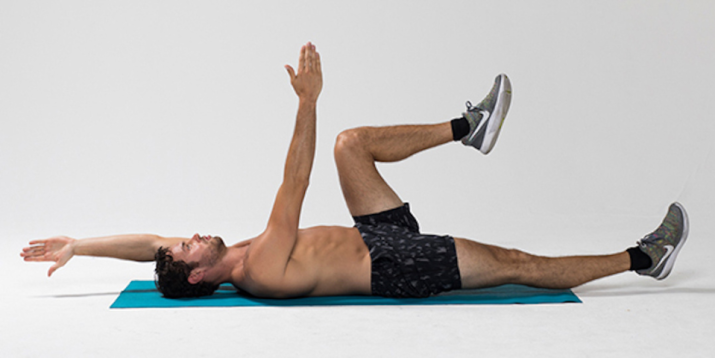
Social media is rife with crazy, seemingly physics-defying ab circuits that promise a chiseled midsection in 15 minutes. While those circuits likely won’t work against your goals, all you really need for a strong core is a handful of simple, yet effective moves like the dead bug exercise.
“The dead bug is one of the most effective ways to train the core,” says Allison Tibbs, NASM-certified personal trainer. It’s also great for training proper spine extension to strengthen your erector spinae and avoid anterior pelvic tilt.
Learn how to do the dead bug exercise and how you can benefit from this core-builder.
Dead Bug Exercise: Step-by-Step Instructions
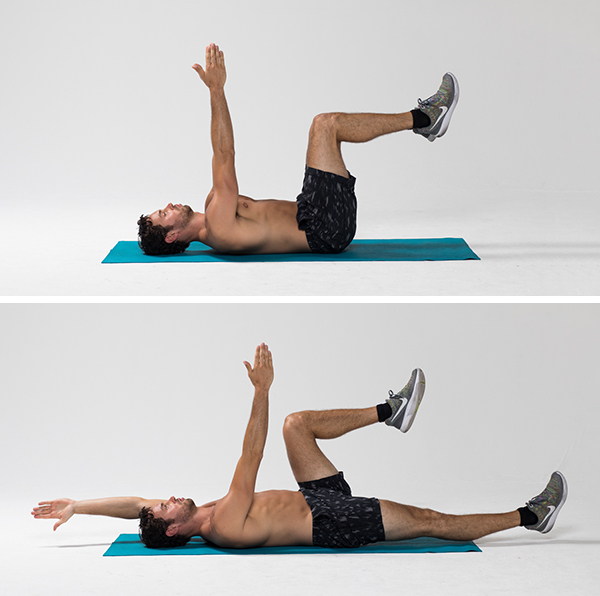
While performing the dead bug, press your rib cage toward the floor to focus on keeping your core engaged.
- Lie on your back and seal the space between your back and a yoga mat by tilting your pelvis downward. Lift your feet from the floor and bend your knees so your legs form a 90-degree angle. Reach your arms straight up to the ceiling. (Think of it as a reverse tabletop position.)
- Lower your left arm behind your head as you simultaneously extend your right leg long in front of you. Hover both your arm and your leg off the mat.
- Return back to the starting position. Alternate sides to complete all reps.
- To modify, keep your knees bent and feet flat on the floor. Raise your arms halfway overhead. Draw one knee and the opposite arm toward one another at the same time.
Muscles the Dead Bug Exercise Works
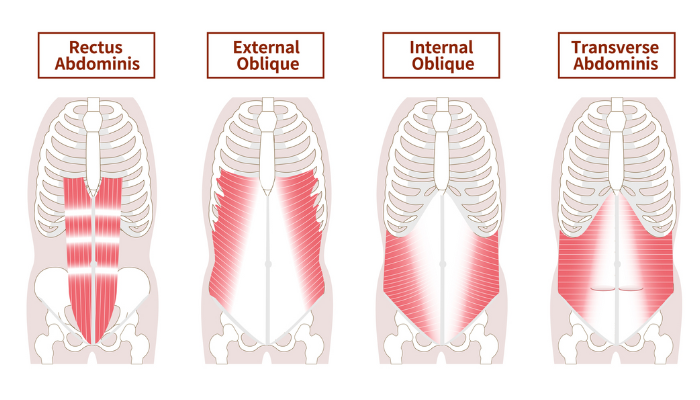
When performed correctly, the dead bug exercise works the following muscles:
- Rectus abdominis (your six-pack muscles)
- Obliques (the muscles that help you twist)
- Transverse abdominis (the deep muscles that help compress your abs)
Dead Bug Benefits
The dead bug may not look like a challenging exercise, but it provides lots of benefits.
1. Builds core strength
“The dead bug exercise is one of my all-time favorite core exercises because it truly focuses on working those small abdominal muscles,” Tibbs says. “It will fire up your abdomen because you have to really stabilize through your core, which is difficult for most people.”
2. Easy on the body
The dead bug is low impact and scalable, which means it’s doable for any fitness level and fits into any routine — especially if you experience pain or discomfort with other exercises.
“This is one of the best ab exercises for anyone with back pain or people who struggle with shoulder discomfort when doing planks or neck discomfort during crunches,” Tibbs explains.
3. Warms up the body
According to Tibbs, dead bugs are a great move to help prepare the body for dynamic movements. Because it requires full-body coordination and stability, the exercise can benefit not only traditional compound lifts like weighted squats or deadlifts, but also movements like running, cycling, and skiing.
Dead Bug Variations
If you’re looking to modify the dead bug or make it easier, here are some beginner-friendly variations to try.
1. Supine 90-degree leg hold
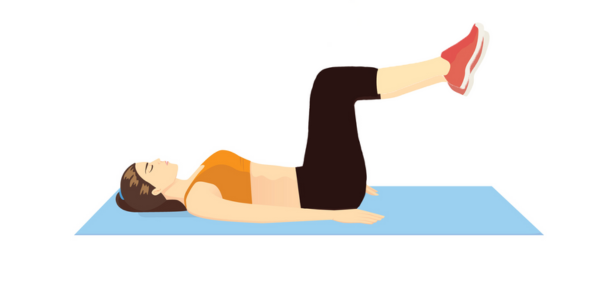
Do not hold your breathe while doing this exercise and make sure to gently breathe.
- Lie on your back with your feet lifted and knees bent so your legs and hips form a 90-degree angle (shins parallel to the floor and knees stacked above the hips).
- Place your hands on your stomach or on the floor by your sides.
- Brace for an imaginary punch to the stomach. This will activate the transverse abdominis
- Hold that for three to five seconds, then release.
- Repeat several times.
2. Alternating supine heel taps
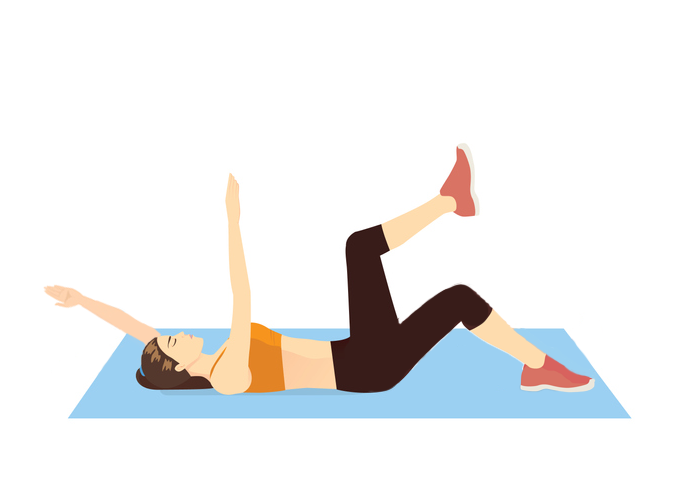
Consider this the advanced version of supine 90-degree leg holds.
- Lie on your back with your feet lifted and knees bent so your legs and hips form a 90-degree angle (shins parallel to the floor).
- Extend your arms toward the ceiling and engage your core.
- Keeping your knee bent, slowly lower one leg until your heel taps the floor. Simultaneously extend your opposite arm as far back as you can without your lower back lifting off the floor.
- Make sure your core stays engaged and your other leg stays in place in the air.
- Slowly return the lowered leg to its starting position.
- Repeat with the other leg and other arm.
- Cycle through each side 5 to 7 times.
How to Make the Dead Bug Exercise Harder
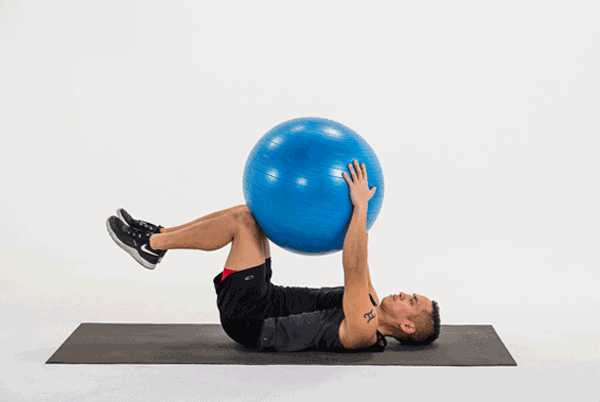
1. Straighten your legs
You can also perform this exercise with straight legs for a greater core challenge. Have the movement come from your hips rather than lifting your ribcage off the floor to keep your abs engaged.
2. Press your hands into a wall
Build up core tension and utilize the wall for your dead bug exercise. Lie down and press your palms overhead into the wall, arms bent, until your palms are flat against the wall (your arms should make a 90 degree angle). Press your ribs down and alternate your legs in the traditional dead bug style. Or make it even harder and do it with your legs straight.
3. Add resistance
One way to add resistance is to loop a resistance band above your knees during the exercise. You can also hold onto a stability ball for more core resistance (as demonstrated above).
